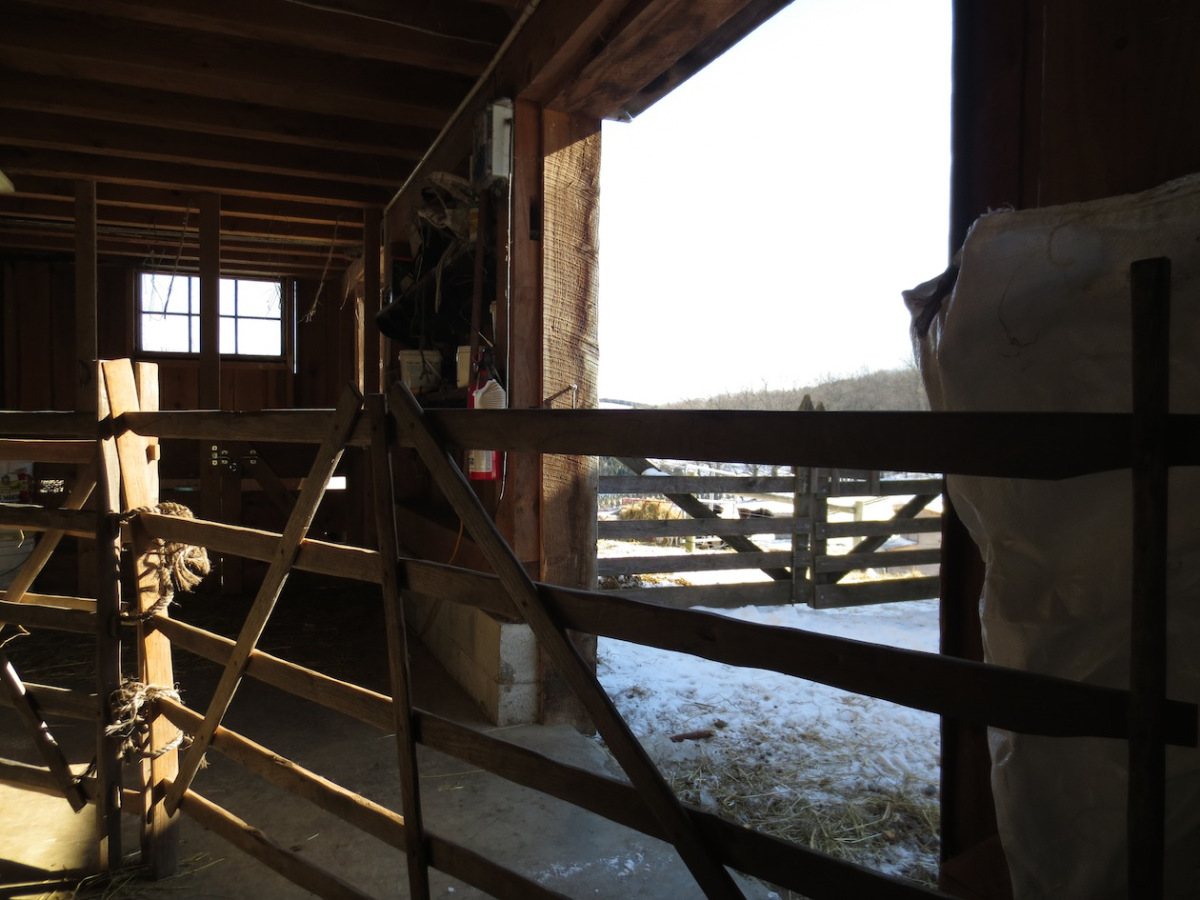Growing tasty food and increasing the productivity and the quality of our land continues to be the focus at Lilac Hill Farm. We have a bit of wanderlust and a desire to visit with family and friends, so to manage all of our goals, our farm schedules have tightened up and our management systems have evolved to make it easier for our farm caretakers when we are away.
This is a transition year for the sheep. Eight of our Katahdins lambed in January/February. Some of the 14 lambs have been set aside to add to our flock, the rest are available for sale as meat, pets or breeding stock. Six more lambs were born in May, one more ewe may lamb at the beginning of June and we anticipate more lambs in September. Starting in 2020, we will only lamb in the fall. I believe the fall-lambing ewes will benefit from the regrowth of the cool season plants in the pastures and I know I won’t miss lambing in the cold barn.
The Pilgrim geese had a good laying season; we hatched goslings in the incubator and in the barn under geese.The flock has readily adopted the incubator- hatched goslings. Some of the goslings will go to other farms and if all goes well we will have grass-fed goose for sale in late fall.
To limit congestion in the moveable pasture pen, we decided to raise meat chickens in the spring and fall. The first group will go to the butcher at the end of June and the other in October. We continue to raise a bird that is bred for a longer grow out on pasture. The flavor is terrific so we aren’t going to change what works here.
Our two bee hives survived the winter. One of the hives is very strong and I hope for a honey harvest this year. This week the strong hive swarmed. I hived the swarm so now have 3 hives on the terraces.
In the early spring I incubated and hatched eggs from a flock of lovely Dominique chickens. Right now we have two groups of Dominique chickens, some old layers and four unattractive (at least when compared to the standard) Dominique roosters. The old hens and roosters are available as soup birds and we are still taking orders for broilers. Until our flock grows we will only have Dominique roosters for sale.
As always, contact me with your questions about our farm and our farm products. I will be happy to walk you though a cutting order and to share some of our go to recipes.
Viv





































